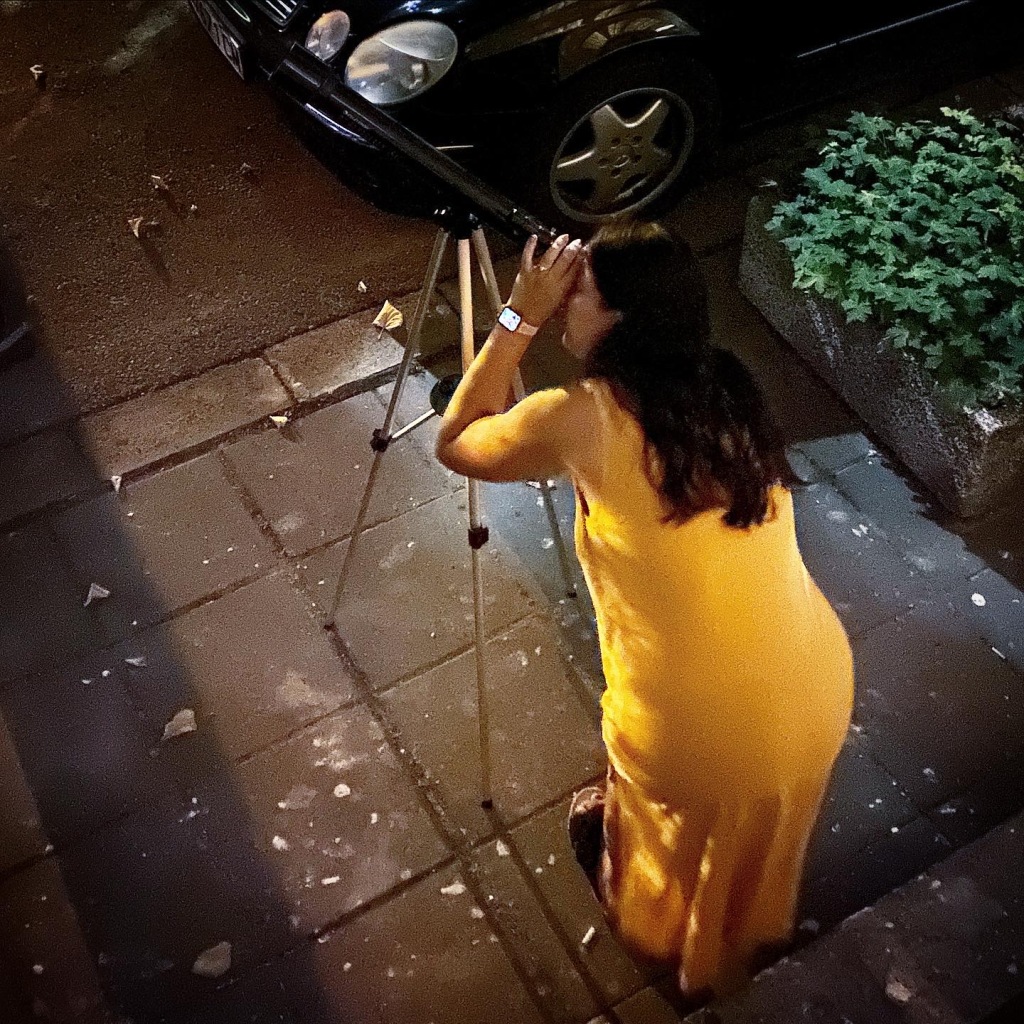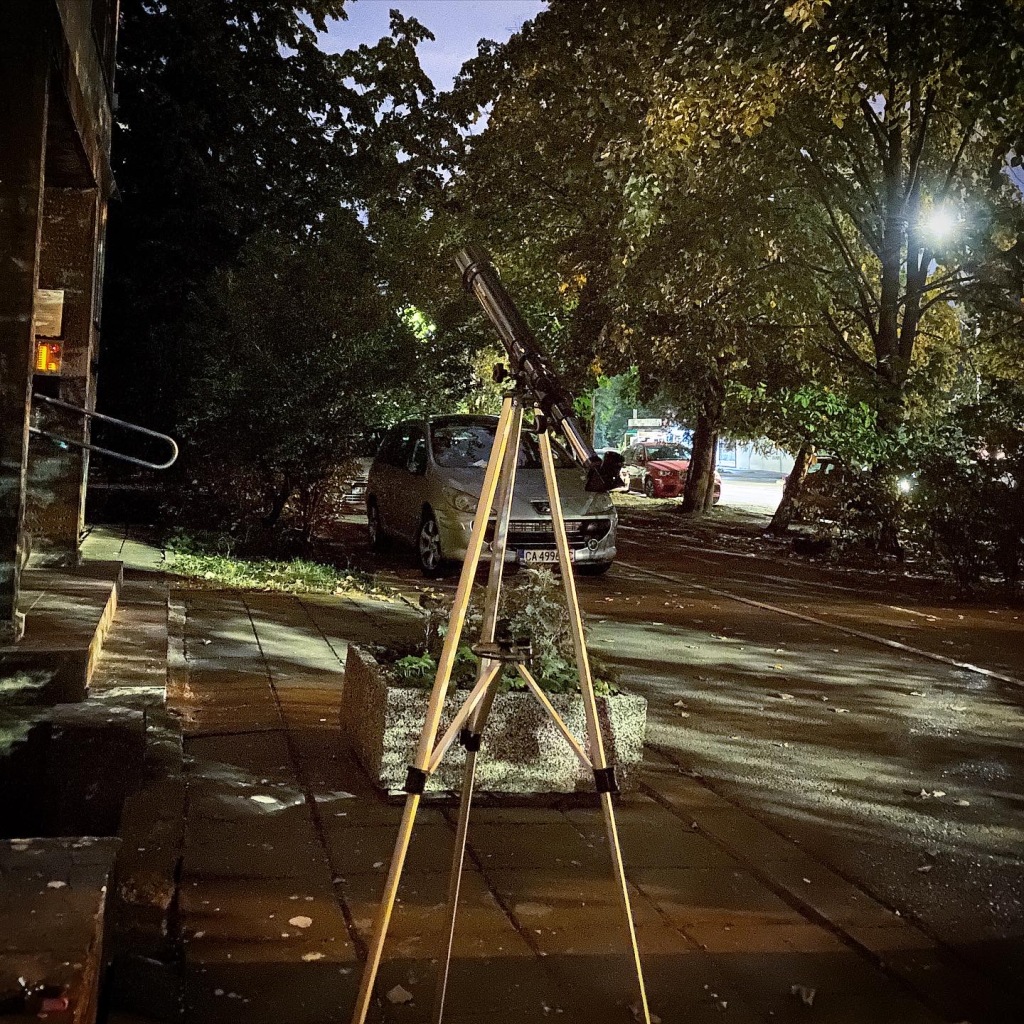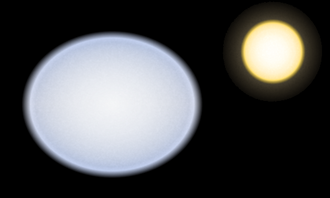13 August 2022
Wow, the last telescope log was over two years ago (July 2020). Shame on me. Besides that baby I talked about in the first 4 logs, another one appeared almost a year ago, so you understand why I have absolutely no time for my favorite hobby 🤷🏻♀️
Well, today is a day to remember because I’m back to the telescope and to my beloved astronomy ❤️ As you know if you’re a hobbyist like me, it’s the peak of the Perseids right now and it’s one of the best times of the year to watch the night sky for “falling stars”. I, filled with (quite optimistic) enthusiasm, decided that I would not make any more excuses. It was past midnight, I got dressed in 20 seconds, took the telescope (trying not to wake baby #2), and was ready for adventure. I went to the front of the block where I live. Haha. Yes, really! Despite the light pollution, the high percentage of clouds and the lush trees around, I decided that tonight was THE “Night” with a capital H, when I would test the telescope in the field for the first time, be it in front of the block. I pointed it at the only tiny little star visible in the sky with the naked eye (it really was only one 🤷🏻♀️) and started trying to find it with the telescope itself. It was very difficult for me because of the inverted image, but I guided myself towards a snapped branch and eventually I managed to find the star! Yay! 🥳 It was just a bright spot, both with the naked eye and through the telescope, but how proud I was… ☀️

I pulled out the phone and launched the app, which displayed in real time, using the device’s camera and augmented reality, the starry sky with the names of every possible star. This star I saw turned out to be Mirach (Beta Andromeda) of the constellation Andromeda – an orange-red star 70 times larger than the Sun, and I found something very funny about it on Wikipedia (I don’t know if it’s true though 😂) – “The name is derived from a mispronunciation of an Arabic word meaning “loin girdle”. Mirach – the first star I glimpsed with the amateur’s cute telescope.

While I was in front of the block (about 30-40 minutes), another bright star appeared above me, which, despite the clouds, dirty Sofia air and super-light, was well visible with the naked eye. I aimed my telescope at it and even managed to find it. Good thing it was the edge of the block that helped me as a starting point for the viewfinder. And the “SkyView Lite” phone app, of course. This star turned out to be Vega in the constellation Lyra, part of the so-called Summer Triangle of stars. A classic white star, 40 times brighter and 2.5 times more massive than the Sun.

I looked at Vega and Mirach and was satisfied with the adventure. I went to bed around 3 in the morning, which had a rather detrimental effect on the next busy day filled with the children’s energy, laughter, cry, jokes and silly games. I do not regret it. The lesson I learned is – first, find a clear spot for stargazing, not in front of the block entrance on a cloudy day, and second – buy a higher end telescope as soon as possible.